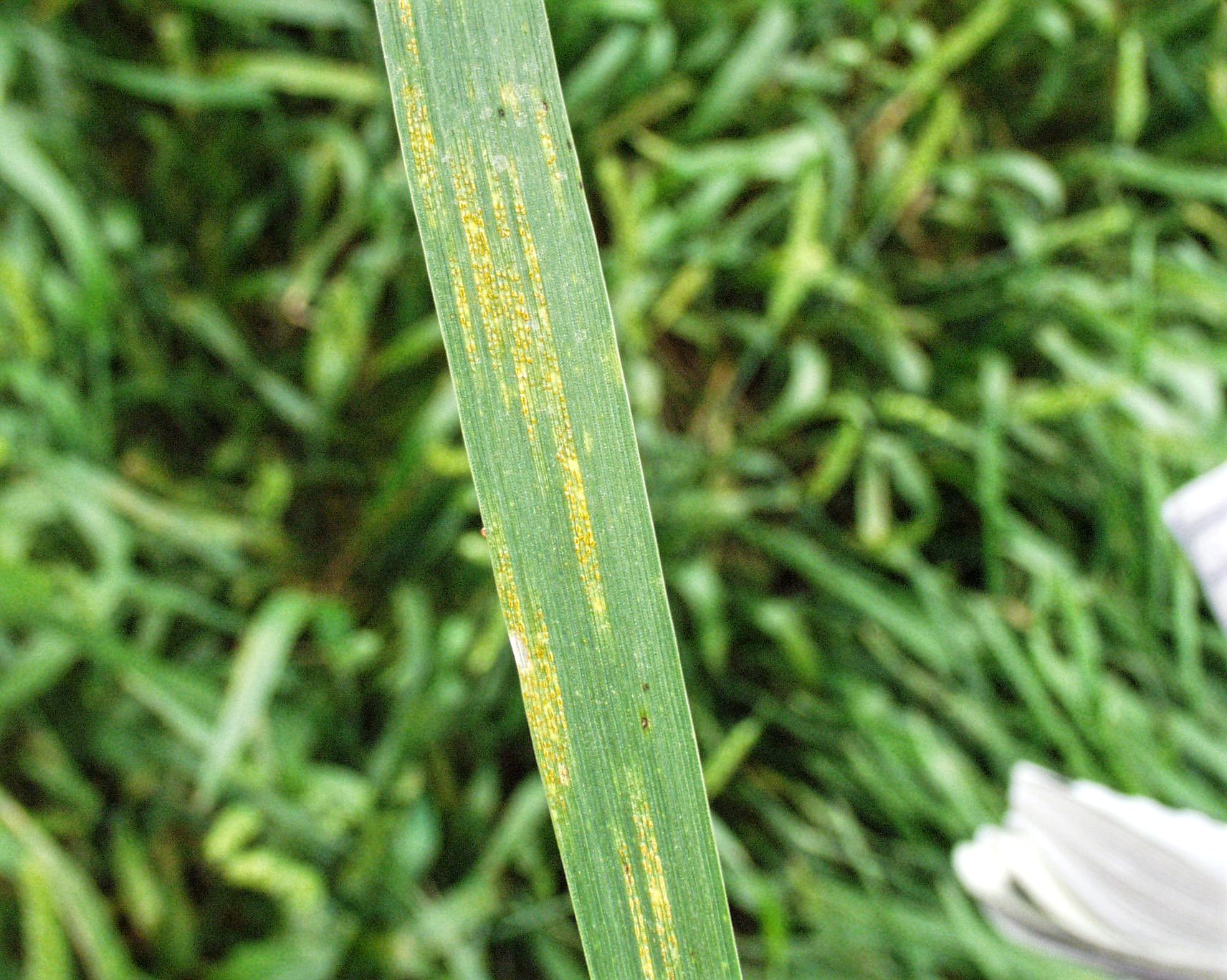Results of annual Texas wheat producer survey released
Writer: Kay Ledbetter, 806-677-5608, skledbetter@ag.tamu.edu
Contacts: Dr. Clark Neely, 979-845-3041, cneely@ag.tamu.edu
COLLEGE STATION – Results from Texas wheat producers who were surveyed in December and January regarding the number of acres of wheat planted and to be planted by variety for the 2015 crop year are now available.

The survey was coordinated between the Texas A&M AgriLife Extension Service and the Texas Agricultural Statistics Service. Funding was provided by the Texas Wheat Producers Association, Texas Foundation Seed Service and Texas Seed Trade Association.
Survey results are provided in tables, with percentage of acres planted for the 2015 crop year by variety and broken out by AgriLife Extension district. The total list can be found at http://varietytesting.tamu.edu/wheat .
“There were no large swings in the major wheat classes grown in Texas, however, some changes occurred with spring wheat,” said Dr. Clark Neely, AgriLife Extension state small grains and oilseeds specialist in College Station. He said two things were noticeable this year.
“Spring wheat acres bumped up noticeably in the Coastal Bend district, while decreasing in the South district,” Neely said. “And, enough acres were reported in other regions of the state that they were recorded on the report, areas that are not typically known to grow spring wheat. The North district reported 4.1 percent this year.”
Two Texas A&M AgriLife Research-bred wheats continue to lead the acreage planted, according to the survey.
TAM 111 remains the leading variety planted in Texas, accounting for 15 percent of the state’s 2015 planted wheat acres, down from 16.7 percent in 2014. TAM 111 was released in 2003. TAM 112 remains second, accounting for 5.9 percent of acres planted for 2015, compared with 5.3 percent last year. TAM 112 was released in 2005.
Drought tolerance, greenbug resistance, wheat streak mosaic virus tolerance, high yield and excellent bread-making quality are some of the reasons for this high rate of adoption, Neely said.

Finishing out the top 10 wheat varieties planted in Texas by percentage are:
– Duster, 4.1 percent compared with 4 percent in 2014.
– Fannin, about 3.5 percent.
– Greer, just under 3.5 percent, moving it down from fourth last year.
– TAM 105, 2.7 percent, compared with 2.8 percent the previous year.
– TAM 113, 2.3 percent, jumped three places from 2014.
– Weathermaster 135, fell three places from 2014 with 2.1 percent.
– TAM 401, 1.9 percent.
– Endurance, 1.7 percent, falling one place from 2014.
Neely said excluding the top 10 varieties, WB Cedar saw the greatest increase in acreage across the state from 0.2 to 1.3 percent from 2014 to 2015, while Coronado saw the greatest decrease from 2.8 to 1.2 percent.
Of the hard red spring varieties, he said, Express and Expresso remain the top two planted varieties, while TV 8861, Coker 9553 and Pioneer 25R30 remain the top three soft red winter wheat varieties.




